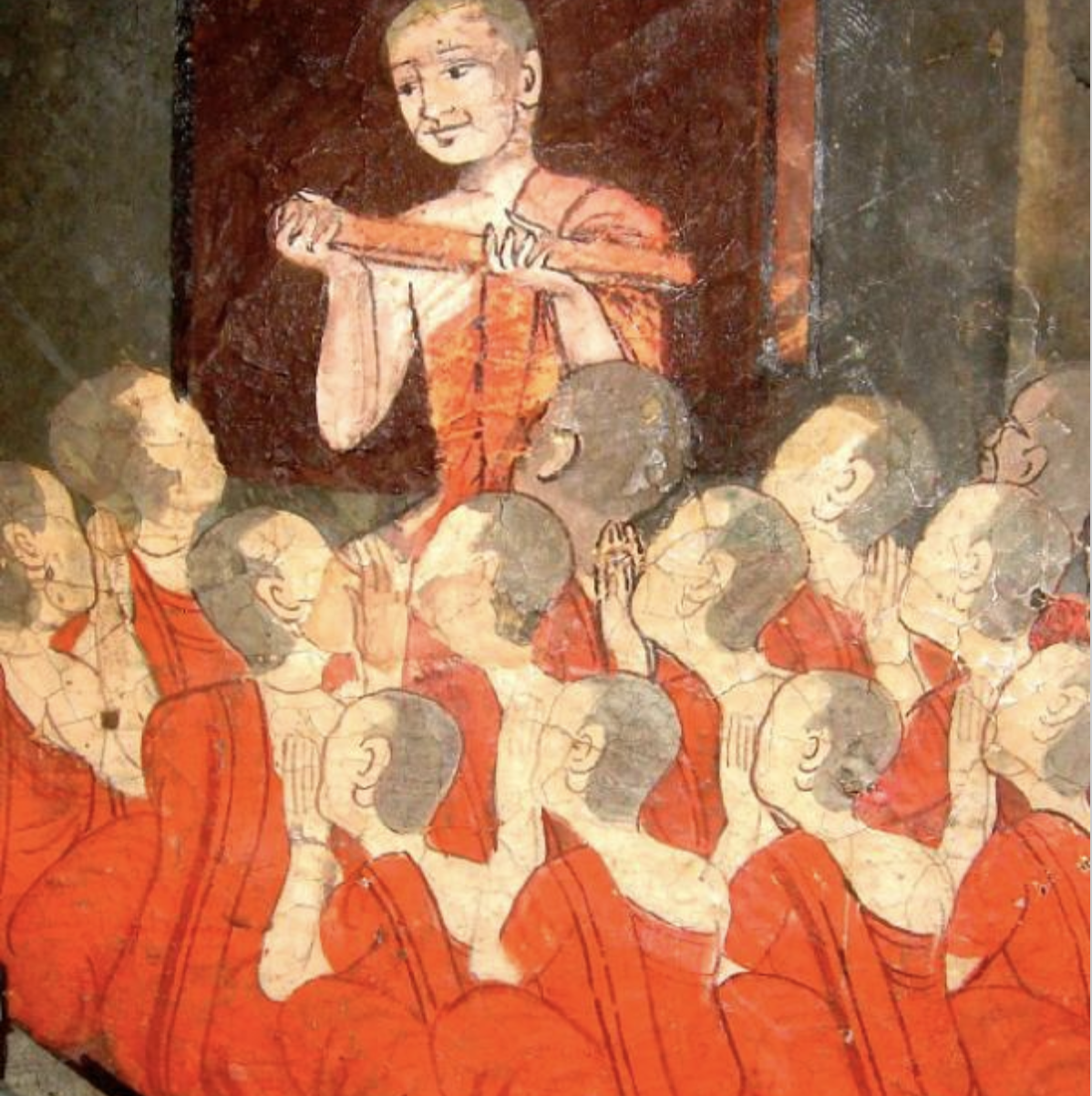Art historians in Southeast Asia have primarily concentrated on the study of images, stupas, manuscripts, and murals produced by the elite before the nineteenth century. I will shift focus in this talk and concentrate on vernacular and "magical" art made in the last 150 years. While certain images in Thai Buddhism are lauded for their age or precious materials, most are honored for their connection to certain powerful monks, ghosts, and kings. Many of these highly revered and powerful images are made out of wax or wood, or crudely and mass-produced bronze, plastic copper, resin, or clay.
Furthermore, instead of concentrating on the origins of pieces of art, I want to study art as it exists and operates in dynamic ritual activities and highly complex synchronic relationships with other images and with patrons, artists, and visitors. I want to move beyond aesthetic and iconographic analyses of individual objects, and focus on recipients, rituals, and agents, as well as the agency of the “things” themselves. Finally, I argue that images, photographs, murals, amulets, and buildings do not only exist in synchronic relationships, but also diachronic. Along the way, I also aim to introduce the audience to one of the most important ghostly figures in Southeast Asia, Mae Nak, who has inspired a great ritual and aesthetic movement in the region.
Justin McDaniel, Professor of Religious Studies at University of Pennsylvania, studies ghosts and manuscripts in Asia. After living and researching in South and Southeast Asia for many years as a translator, archivist, amulet collector, volunteer teacher, and Buddhist monk, he returned to the States and received his PhD from Harvard University’s Department of Sanskrit and Indian Studies in 2003. His research foci include Lao, Thai, Pali and Sanskrit literature, Southeast Asian Buddhism, Japanese Buddhist architecture, ritual studies, manuscript studies, asceticism, the undead, and general phantasmagoria.
Click here for more information.

